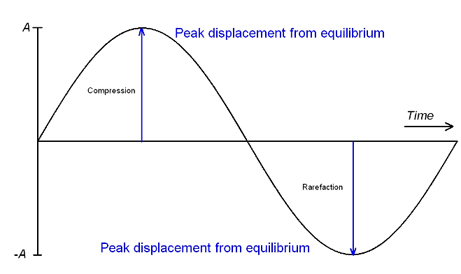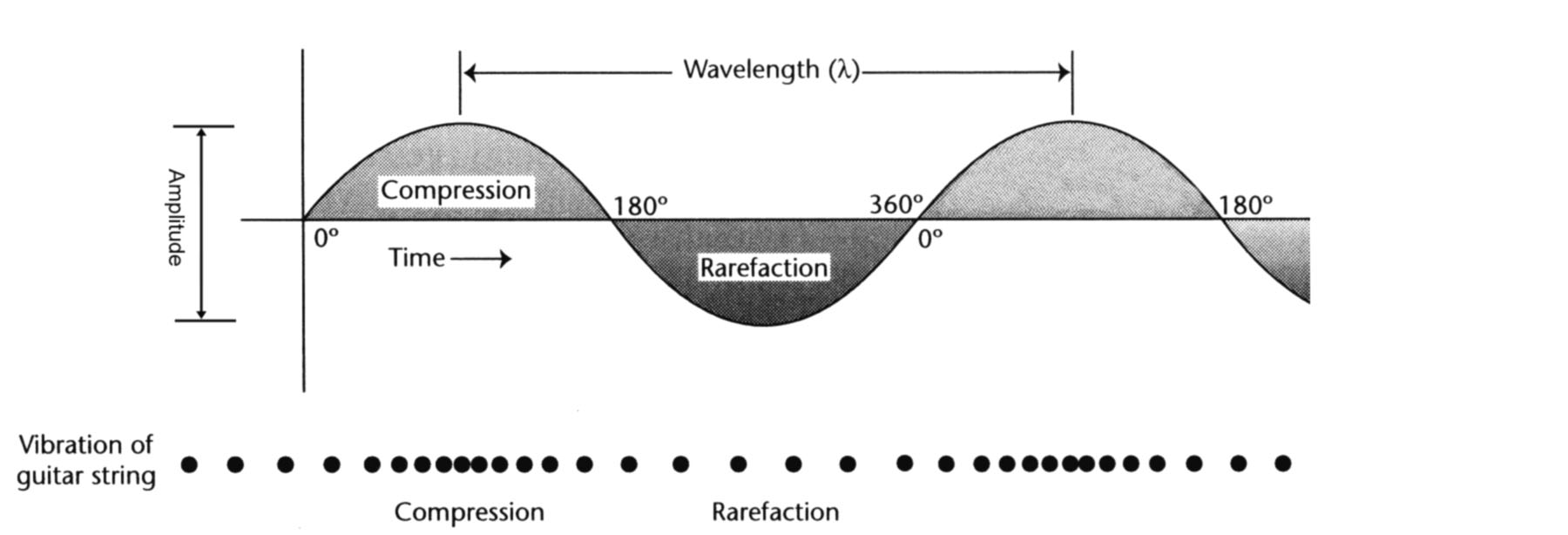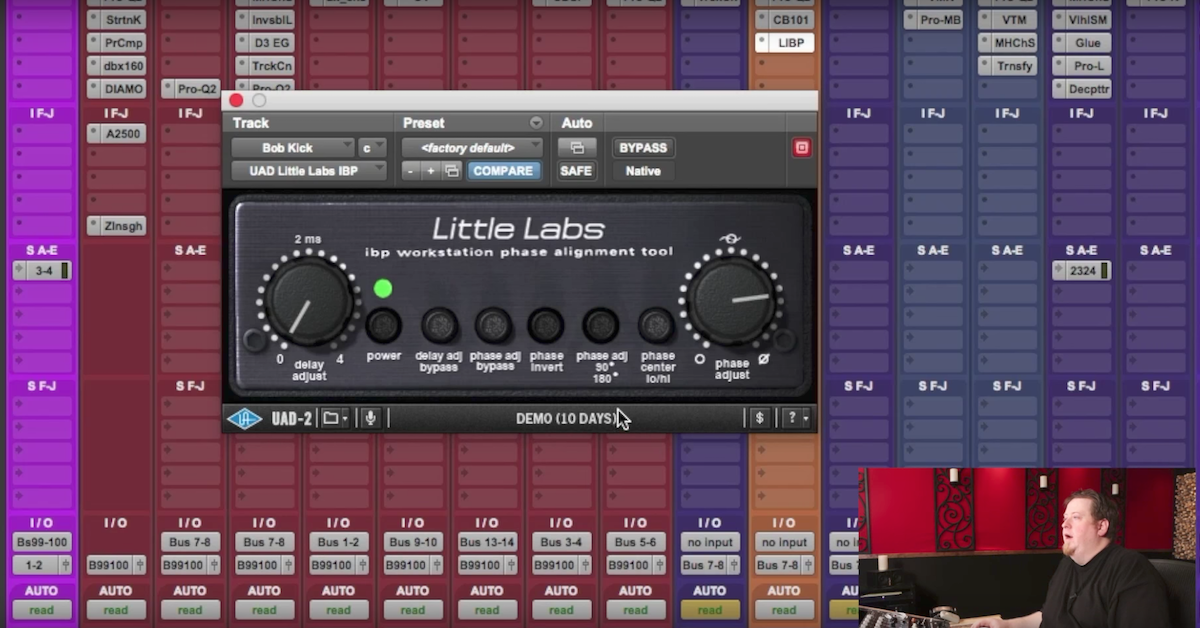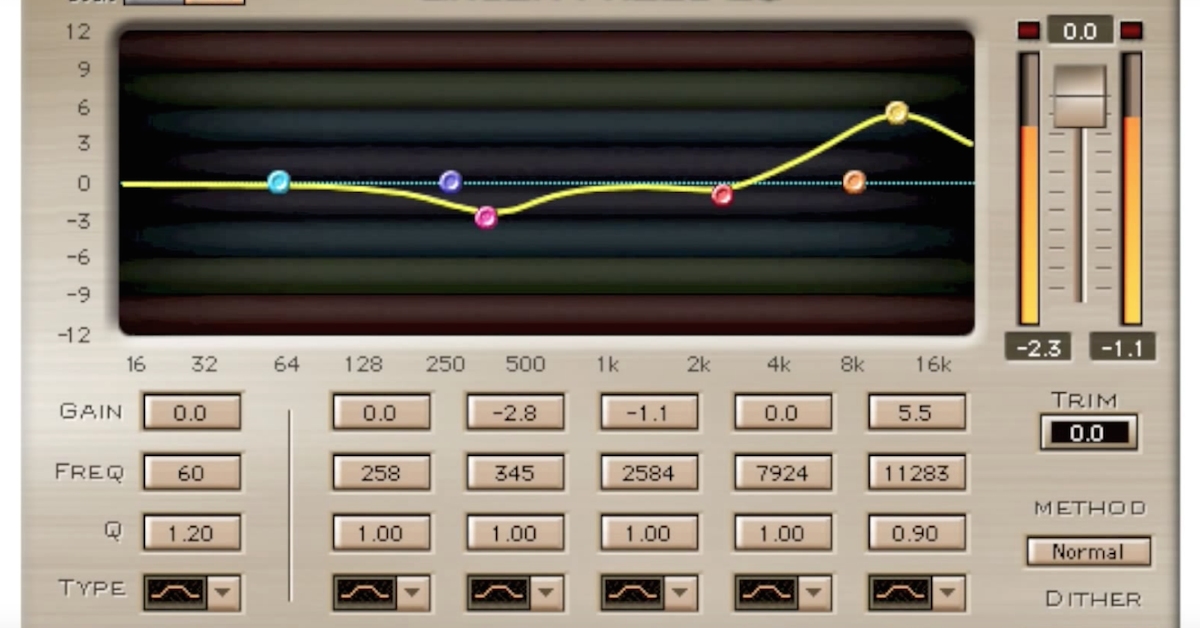Understanding Sound: What is Sound?
Article Content
Audio engineering is the process of bridging music and sound. Music is the art, sound is the medium through which that art lives.
While the music side of the field is exciting, creative and fun, it cannot exist on record without the technical side of sound.
Fortunately, the science of sound is interesting and the important aspects are not especially complex. In this article, I’ll explain the basics of how sound works and outline some terminology for defining the principle concepts you need to know.
What is Sound?
Sound is the pressure change of air molecules. Technically sound exists in any medium — we hear sound under water. But unless we are recording whale calls or constructing sonar radars we don’t really need to worry about how sound works in water. We can stick with air.
In order to create this pressure change there has to be some impetus: the vibrations of a string, the vibrations along the surface of a skin, a resonance that occurs by energizing a chamber.
Once that initial event occurs, the molecules of air that are in contact with that string, skin or chamber become energized as well. Those molecules in turn activate their neighboring molecules and a chain reaction occurs, and eventually the molecules that neighbor our ears activate our ear drums and we hear sound.
The Anatomy of a Sound Wave
In order to fundamentally understand a sound wave we need to understand pressure.
When pressure is changing we can define it in three states: compression, rarefaction, and equilibrium.
These are weird words but they are actually very simple to understand. Compression is when our molecules are pushing on the next group of molecules.
We can think of this state as “positive pressure,” with our initial molecules squeezing up against the neighboring molecules. Rarefaction is the opposite state. Rarefaction is the state of our air molecules moving away from their neighbors and leaving a vacuum. This creates “negative pressure” on the neighboring molecules, and this negative pressure can be thought of as a pulling force. So compression is pushing, and rarefaction is pulling.
Equilibrium is when the amount of pushing force is equal to the amount of pulling force, leaving a net force of zero.

The movement of air molecules occurs in a cycle. Air molecule (A) begins at an equilibrium state. Force is applied to (A) and it begins to move toward it’s neighbor molecule, molecule (B). As soon as this movement begins a vacuum starts to form behind our air molecule (A). As our air molecule (A) approaches it’s neighbor molecule (B), compression occurs and positive pressure builds up. Eventually enough pressure builds up that the neighboring molecule (B) begins to move toward the next neighbor in line. The fact that (B) is now moving away and the vacuum forming behind (A) causes the total positive pressure to decrease until eventually there is no positive pressure. Molecules (A) and (B) continue moving away from each other creating a vacuum between them. This is the state of rarefaction: the vacuum grows creating more and more negative pressure until eventually that negative pressure causes both molecules to start moving toward each other, starting the cycle again. What’s important to note is that the movement of molecule (B) also set molecule (C) along the same cycle. And this process causes the sound wave to propagate through the air.

Phase
If we think of the total process above as a cycle — positive pressure building, reaching a maximum, decreasing, reaching equilibrium, negative pressure building, reaching a maximum, decreasing, reaching equilibrium again, repeat — then we can describe any step along the way as the phase of that cycle.
Now, this is a little tricky, but it makes sense. Because the speed at which the cycle completes is variable, it’s not effective to describe a position of phase in terms of time. Rather, it’s more efficient to describe a position of phase as it’s own thing — and we use the term angle. So no matter how fast the cycle is going, the phase angle will always describe the position along that cycle.
Watch the video at the bottom of this post for more on phase.
Complex Sound Waves
What’s interesting is when sound waves interact. Let’s say you are pushing something with (X) amount of force. Your friend walks by and decides to lend a hand, and begins pushing with you with (Y) amount of force. The total force pushing on that object is now (X) + (Y). The same is true for sound. If two waves are exerting the same directional force at the same time the total amplitude is the sum of both.
However, let’s say you’re pulling something with a rope with (X) amount of force. Your friend walks by and decides to grab that rope and pulls the other direction with (Y) force (he’s not a very good friend). The total force on that object is now (X) – (Y).
Again, the same holds true for sound. If one sound wave is in the compression phase of its cycle, and another sound wave occurring at the same time is in rarefaction, the result will be some amount of cancellation. In fact, if we have the exact same waves interacting at positions that are 180 degrees of phase apart we will get complete cancellation or what is called a “null.”
The way sound functions and this additive property of sound waves are extremely important as it will describe both how complex sounds are formed, and how we engineer sound.
In the next part we’ll discuss how simple sine waves come together to form complex sound, as well as discuss how these physics affect how we choose where to position multiple microphones on the same source, how we mix those multiple mic feeds, and how we layer and combine elements.





